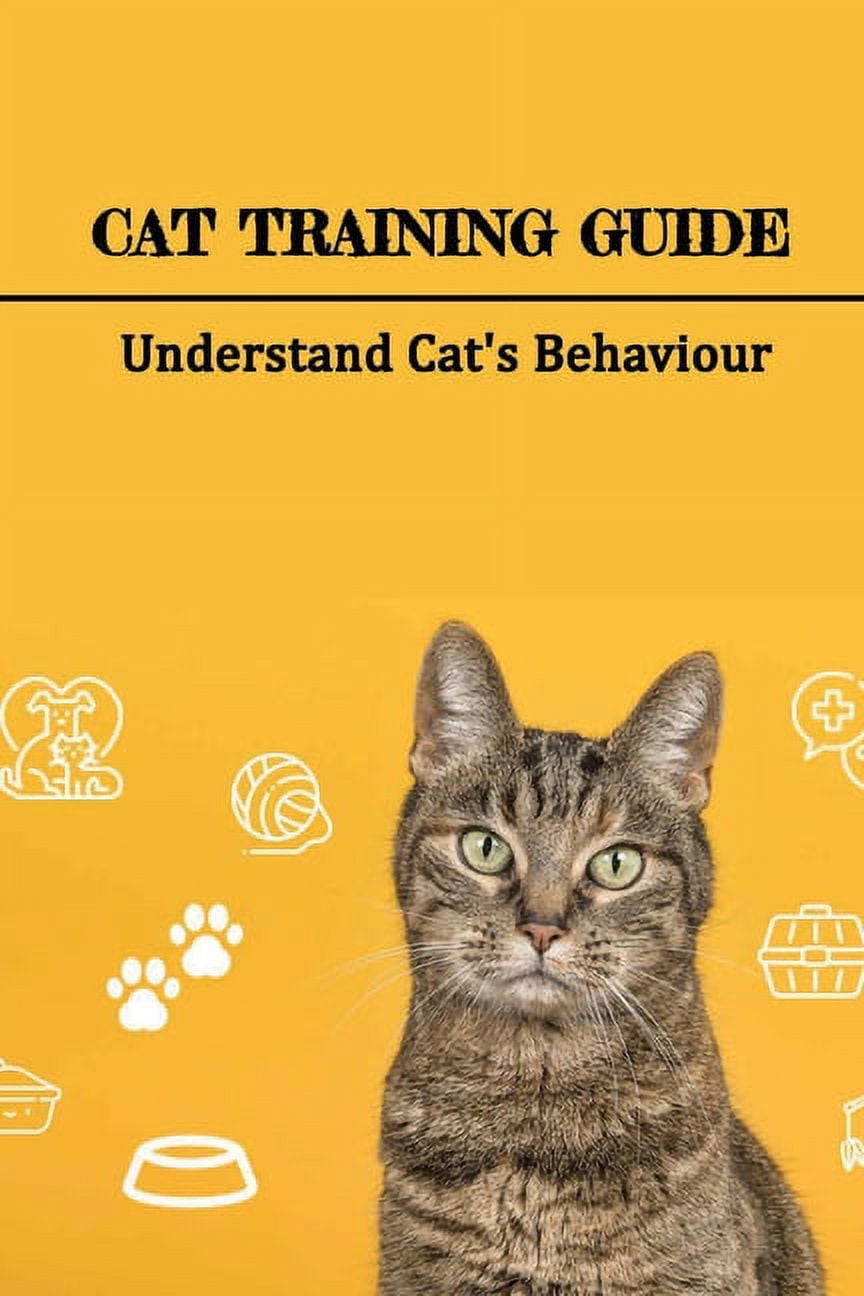CJ Attard Insights
Exploring the latest trends and insights in various industries.
Whisker Wisdom: Decoding Your Cat's Quirky Habits
Unlock the secrets behind your cat's quirky habits and discover what makes your feline friend purr with joy!
Understanding Your Cat's Purring: What Are They Trying to Tell You?
When it comes to understanding your cat's purring, it’s essential to recognize that this sound can convey a variety of messages. While most pet owners associate purring with contentment, it can also indicate discomfort or distress. Cats may purr when they're happy and relaxed, such as when they are being petted or cuddled. However, they also tend to purr when they're feeling unwell, frightened, or stressed. It's important to observe your cat's body language and other vocalizations alongside their purring to accurately interpret their emotional state.
Moreover, purring serves several physiological purposes as well. Studies suggest that the vibrations produced during purring can aid in bone healing and reduce pain, providing a natural remedy for cats in distress. Understanding your cat's purring not only enriches your bond with your feline friend but also enables you to respond appropriately to their needs. Pay attention to the context in which they purr; for instance, if your cat is purring while hiding, it may indicate anxiety. Ultimately, becoming attuned to your cat's unique purring patterns helps ensure their well-being and strengthens your connection.

The Science Behind Cat Kneading: Why Do They Do It?
The behavior known as cat kneading, often described as 'making biscuits,' is a common yet fascinating activity observed in our feline friends. This instinctive action involves cats rhythmically pushing their paws in and out against a soft surface. The origins of this behavior can be traced back to when they were kittens, where kneading their mother's belly stimulated milk production. Over time, this soothing motion has become a comforting ritual that surfaces in adulthood, allowing cats to create a sense of security and contentment in their environment.
In addition to its comforting roots, feeding into the emotional state of a cat, kneading also serves a practical purpose. When our pets knead, they may be marking their territory, as cats have scent glands in their paws. This behavior is part of their natural instinct to establish their presence within a space. Moreover, some experts suggest that cat kneading can be a form of self-soothing, allowing them to relieve stress or anxiety. Understanding this unique behavior not only deepens our appreciation for our feline companions but also enhances our bond with them.
Decoding Feline Body Language: What Your Cat's Tail Movements Mean
Understanding your cat's body language is crucial for fostering a healthy and happy relationship with your furry friend. One of the most expressive parts of a cat's body is its tail. By paying attention to your cat's tail movements, you can glean insights into its feelings and mood. For instance, a cat with a tail held high is typically feeling confident and happy, while a low tail may indicate fear or insecurity. Additionally, if your cat's tail is puffed up, it is often a sign that they are startled or trying to appear larger to potential threats.
Different tail movements can also convey various emotions. A gently swaying tail often signifies curiosity or playfulness, while a rapidly flicking tail can indicate irritation or agitation. If you notice your cat holding its tail in a rigid position, it may be feeling defensive or threatened. Recognizing these cues is vital for understanding your cat's state of mind and ensuring their well-being. By decoding your feline's tail language, you'll enhance your ability to respond appropriately and nurture a bond built on trust and affection.